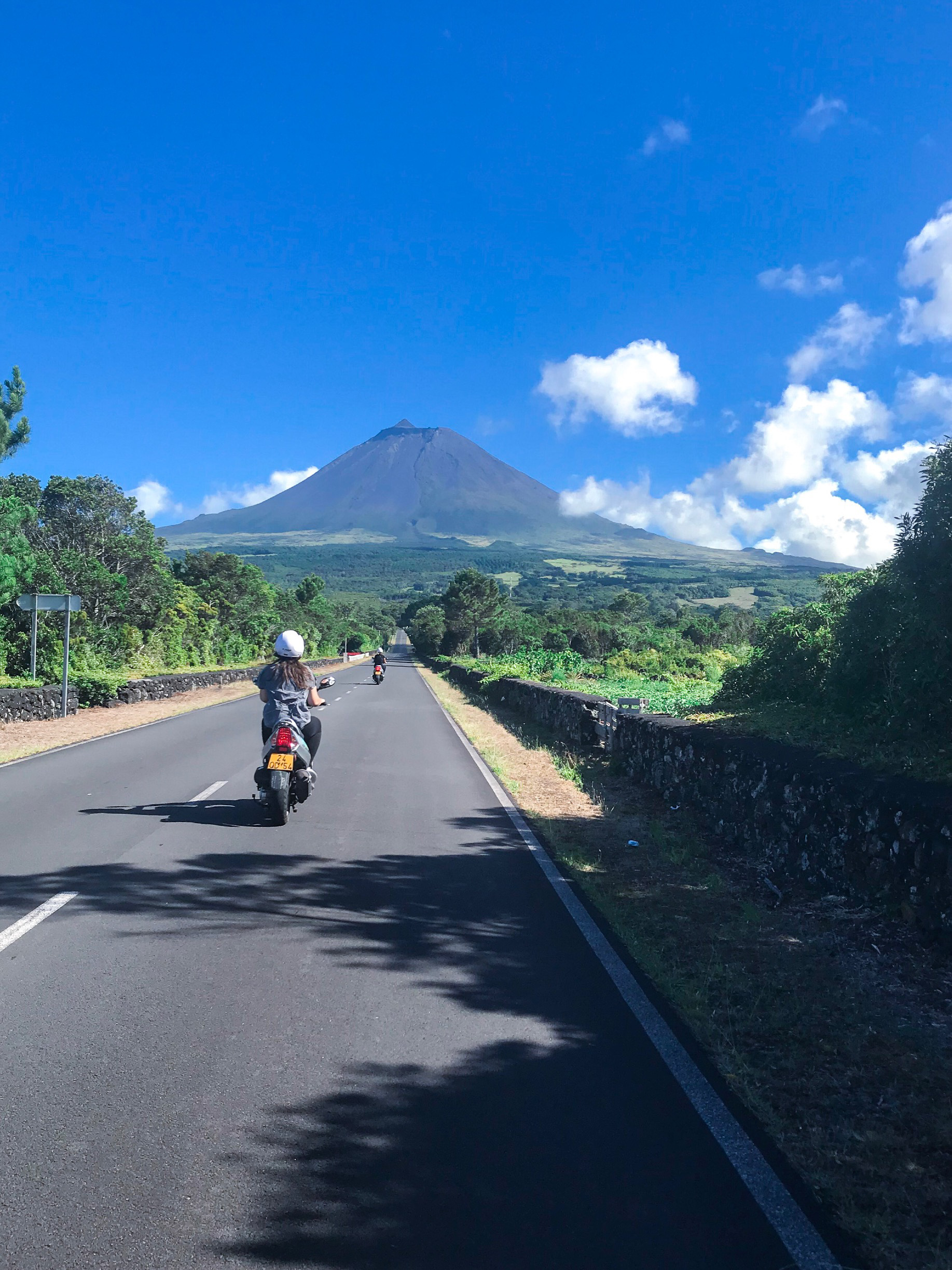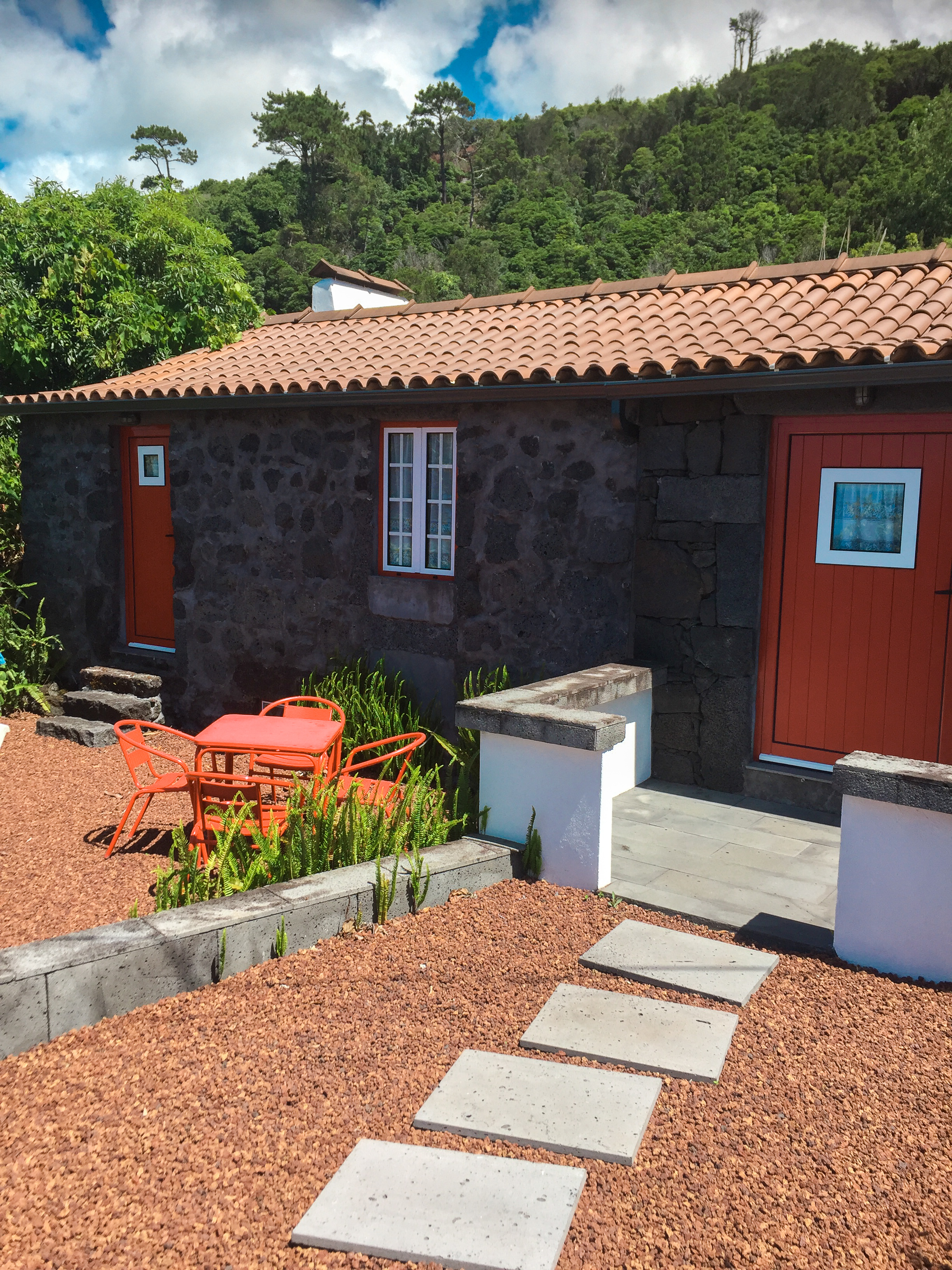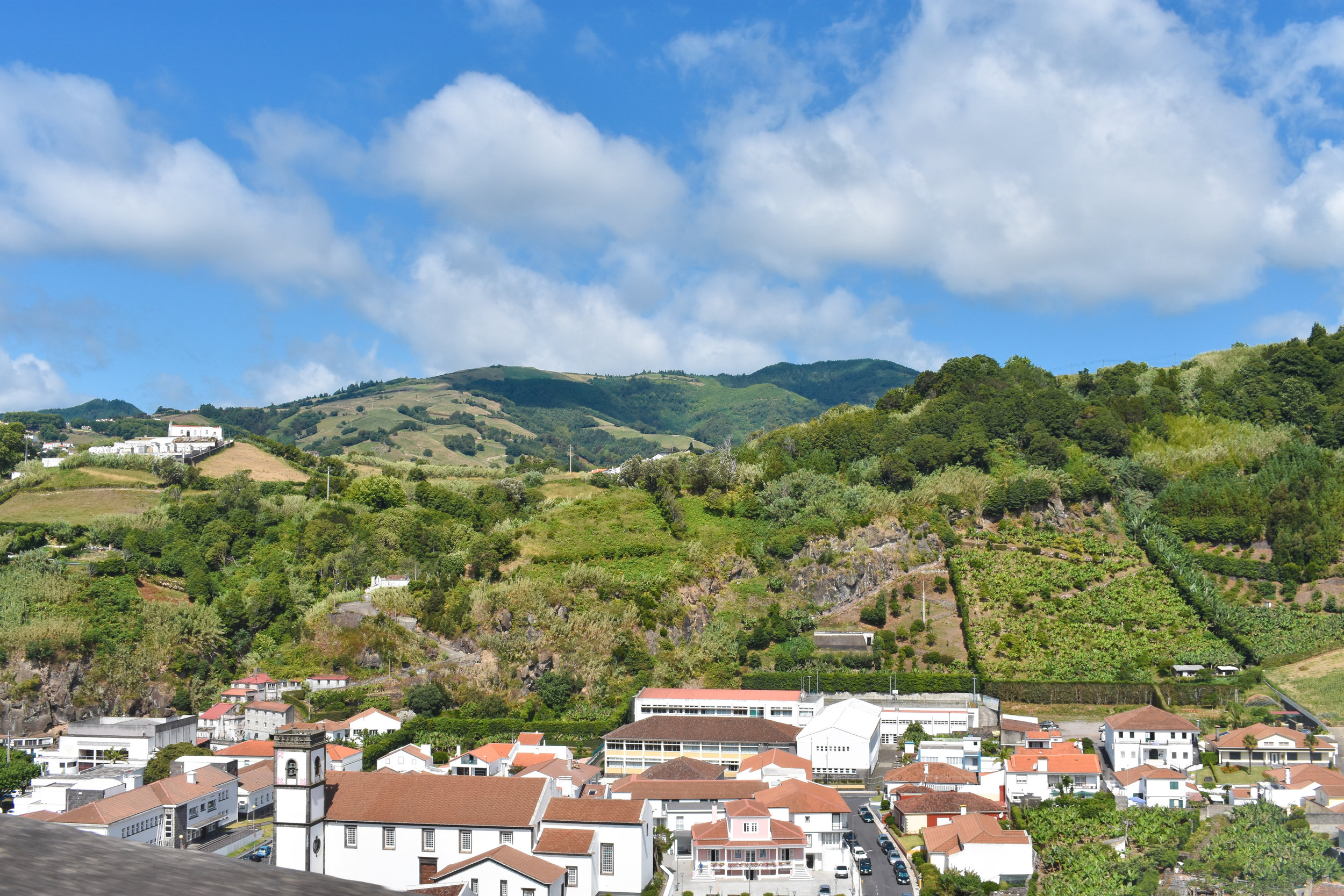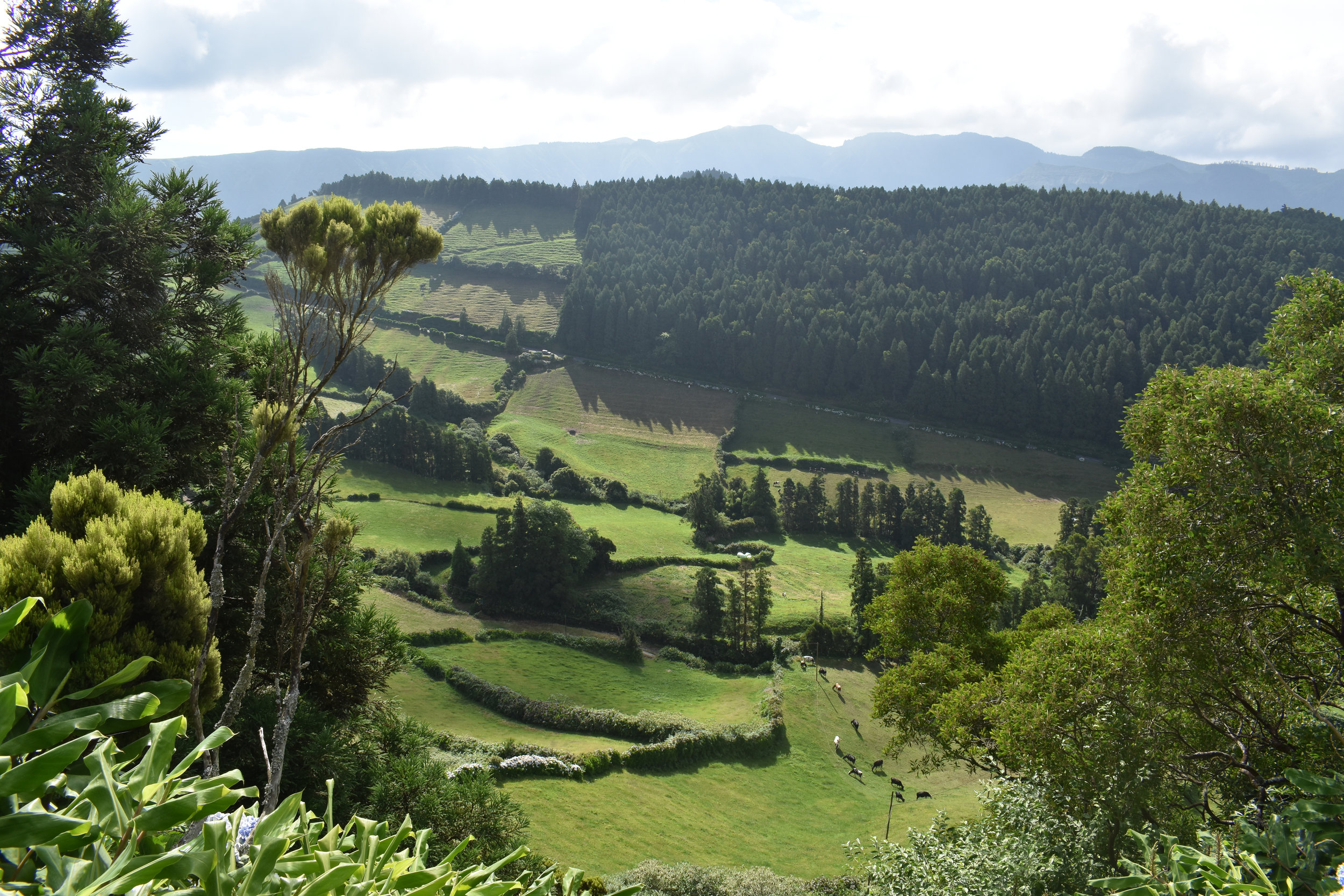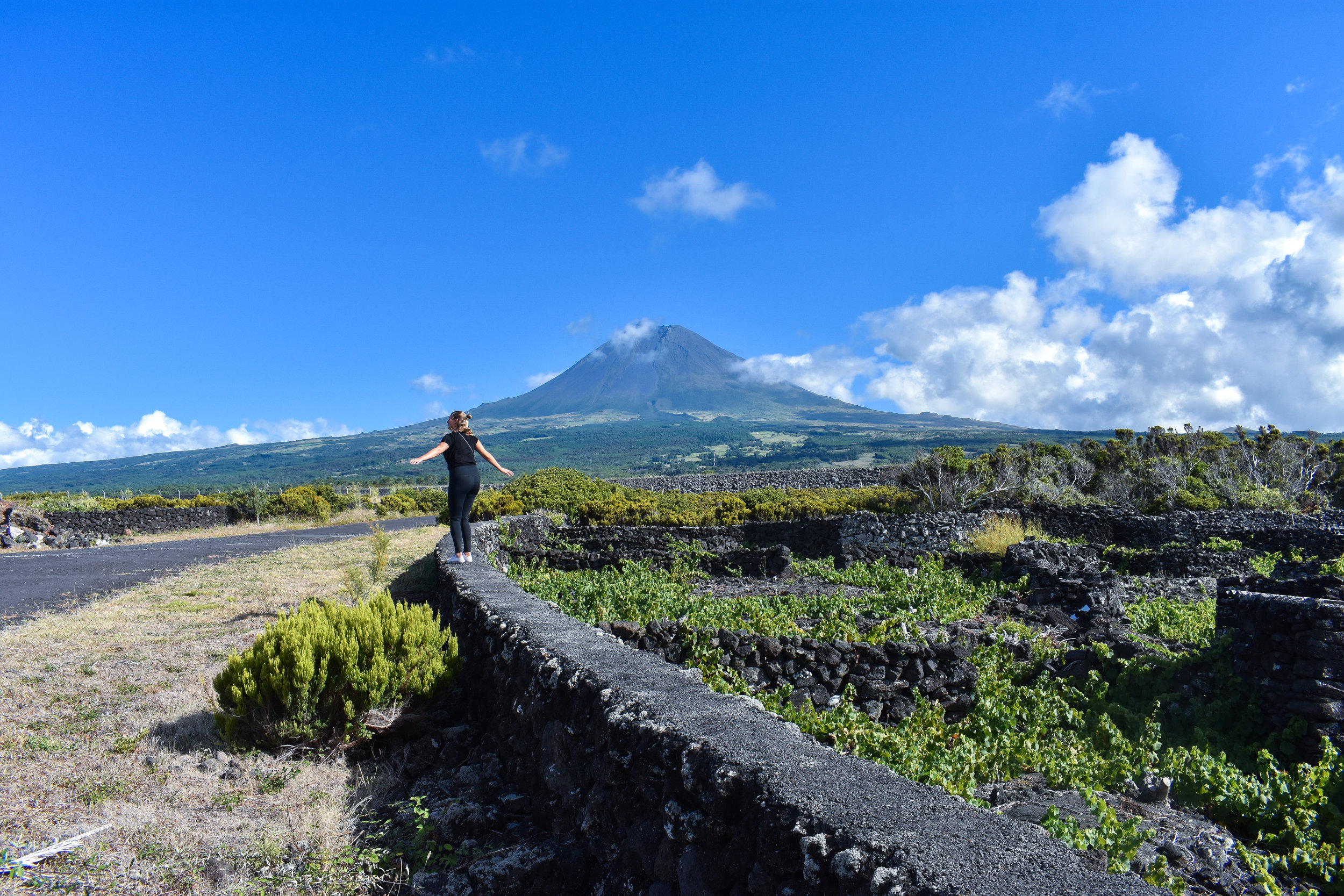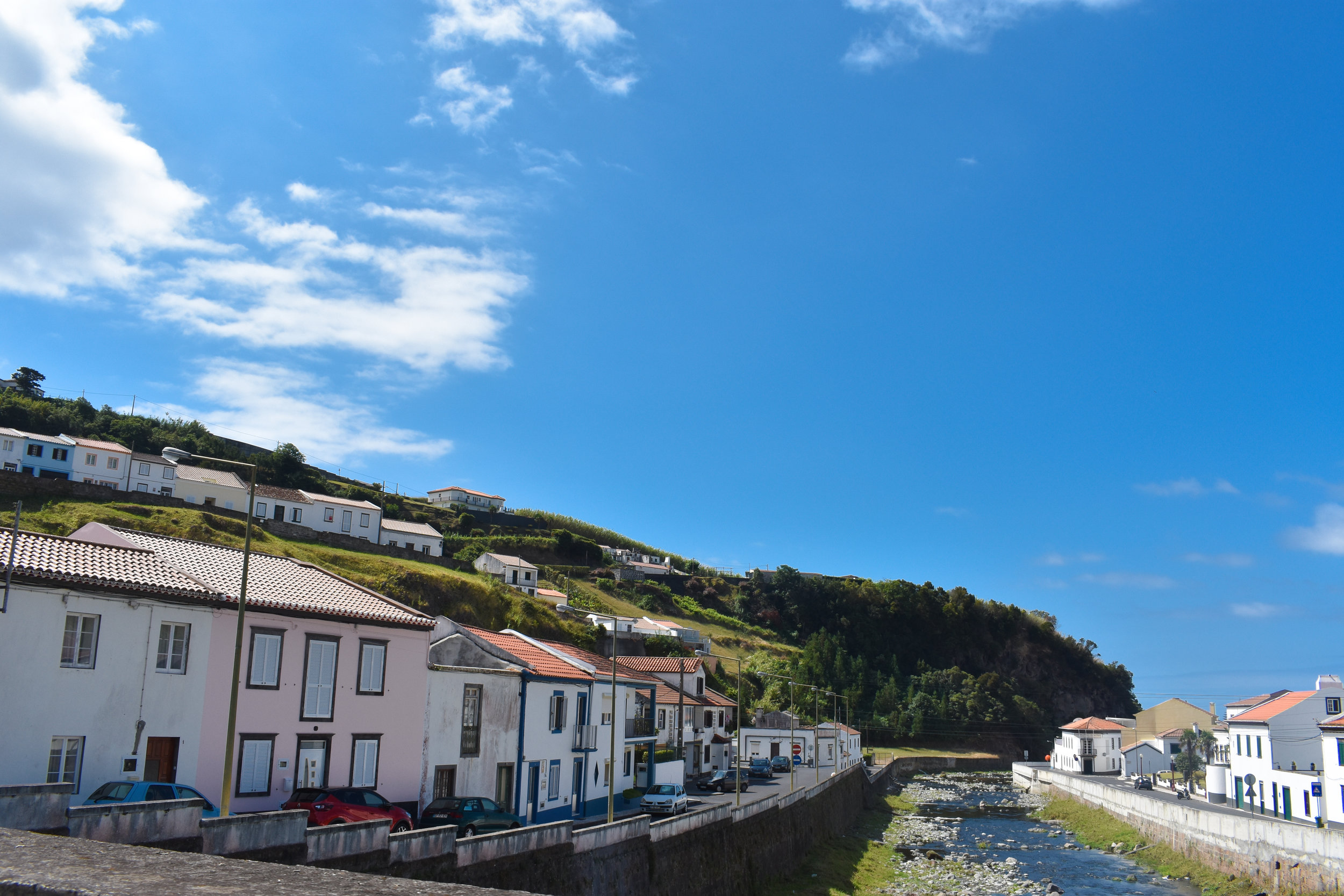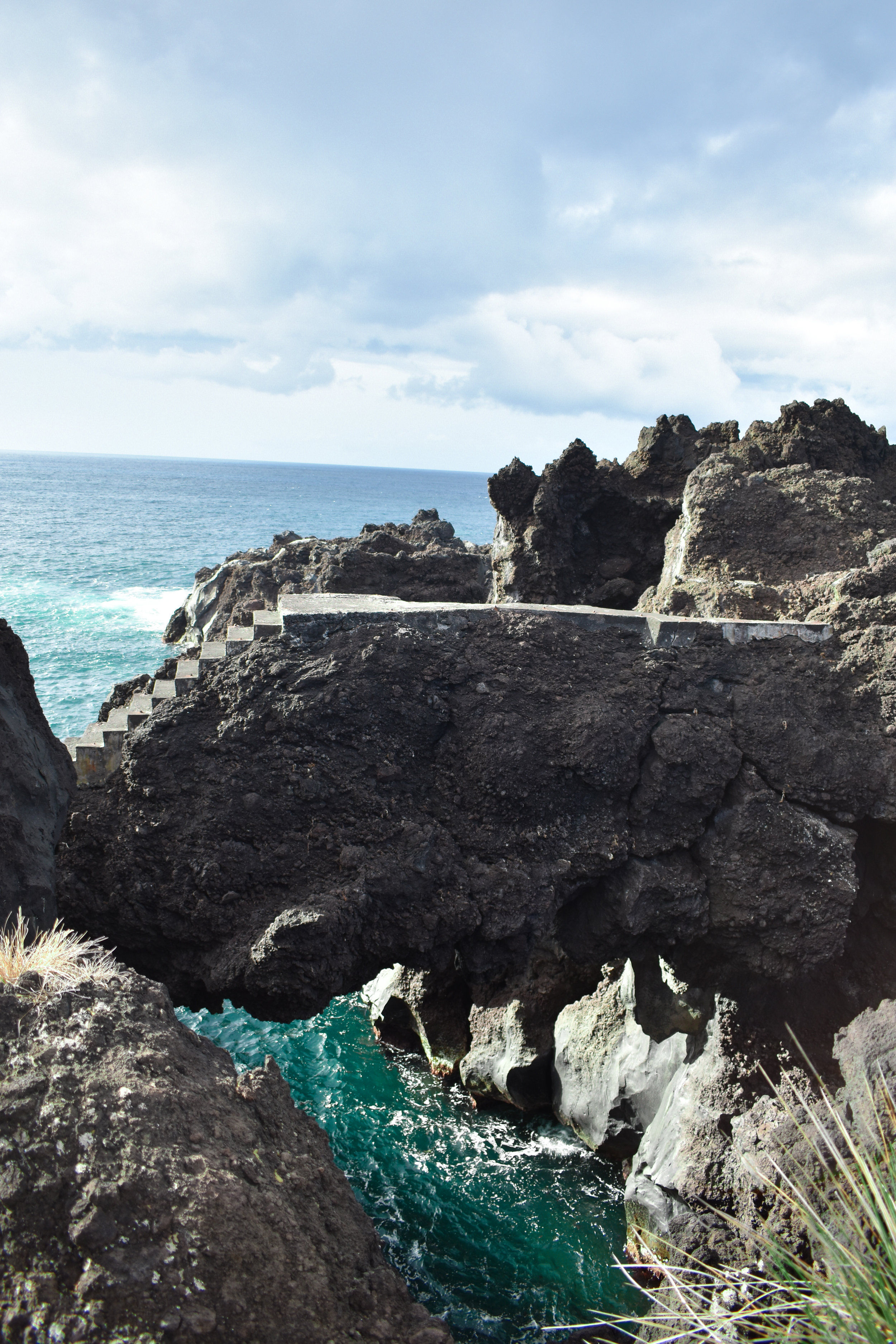Azores: Pico Island Travel Guide
Pico Island, Azores
Lava formations meet the deep blue sea in this dramatic landscape.
Set in the middle of the North Atlantic Ocean, the Azores is an archipelago made up of nine islands. Forming as a result of volcanic activity spanning from eight million to three thousands years ago, each island has its own DNA, from lush vegetation and beautiful flowers to volcanic caves and thermal waters.
The youngest of the bunch, Pico is known as “the grey island” for its vast landscapes of lava formations that weave between UNESCO-designated vineyards, green meadows and seas of hydrangeas. Upon arrival, whether that’s by plane or ferry from a neighboring island, you’ll be greeted by the perfectly symmetrically Mount Pico, the largest active volcano in Portugal that can be seen no matter where you are here. With four-hour direct flights from NY and two from Lisbon, it’s time to uncover this hidden gem.
Seaside Villages
First up, you’ll want to explore the island by land. In order to cover the most ground, rent a car or better yet, a scooter, and plan your route. Spoiler alert, for a volcanic-rock-covered island, this is one of the greenest little places you’ll every see, fully adding to its limitless charm.
The quaint seaside villages of Lajido and Cachorro are a must-visit, each with a distinctive building style that makes them feel lost in time. In Cachorro, you’ll see pronounced black and white basalt homes with bright red doors that dot along the sea cliffs, and the Archo do Cachorro, a carved stone dog head, for which the village is aptly named. Legend has it that this dog guided old-time vitners here, where they would craft and store their wine. Another highlight: the Alda Maria Freitas Costa, a small shop offering complimentary tastings of homemade fruit liqueurs and products for sale.
Lajido, with its simple stone homes featuring tiny windows, dates back to the first settlers on the island. Here, you’ll find the Landscape of Pico Island Vineyard Culture Interpretation Centre, an educational center which adjacent to the vineyards, UNESCO World Heritage Site. The immersive experience includes a short film, wine-related exhibits, and a guided tour. You’ll wander through vineyards and fig tree “plots” while gathering historical anecdotes, and end in a traditional distillery that’s still in operation, using it’s 15th century stone machinery to make liqueurs and wines.
Pro tip: Active types can take the long way and trek 5.4 miles from Santana to Lajido, arriving at this very Centre. Along the coast, you’ll find breathtaking vantage points, walk through more basalt vineyards and past stone cellar ruins.
Wine
As you can already gather, wine is the name of the game here in Pico, so a tasting (or several) is a must. In addition to Culture Interpretation Center, you can also visit the Museu do Vinho (wine museum) to learn more about the vintner culture. If you look out onto the horizon, you’ll know you’ve spotted a niveyard when you see thoughtfully-built black lava rock walls - almost maze-like structures, really - protecting the vines from the island’s unpredictable weather.
Food
Pico is very much a place where you want to good on a wood-fired grill, surrounded by nature and the people you love, but you’d be remiss not to try a few outstanding local spots that make you feel right at home.
Cella Bar, a restaurant and bar with a second-floor terrace, is the epitome of modern architecture on the island, but its food remains traditional. Situated smack dab along the sea, the views are arguably the best you’ll get. We lived our best lives here, and I recommend you do the same, so here’s the order: the wine tasting, of course, with all four varieties; bread, homemade butter and olive oil; local olives and cheese tasting; crispy chorizo; prawn risotto; whatever the special is.
Perched next to the Atlantic Ocean, Ancoradouro Restaurante is the place for seafood. This spot also has killer views on its outdoor patio, so make a reservation if you can to ensure optimal seating. They make their own house red and white wines here, using verdelho grapes, so down a glass with the fresh catch of the day, seafood paella, or the ultimate seafood tower stacked with local fish, shrimp and scallops.
Whale Watching
Once you’ve tackling Pico on land, it’s time to view it by sea. This, in my opinion, is how it’s best appreciated. Seeing the island from an outside perspective is something to behold, and while the sights are top-notch, booking a whale watching tour is the ideal way to get two experiences in one. Leaving from Madalena, Aqua Acores offers three-hour journeys out to sea where you’ll witness sperm whales diving into the depths. If you’re lucky, you’ll get to play some hide-and-seek with dolphins, too.
Gruta de Torres
With an estimated length of over 3.2 miles (5.2 km), Gruta de Torres is one of the world’s longest lava tubes. Being that its such a precious formation, guided tours are a requirement, so be sure to book a reservation ahead of time to secure your spot. There’s no illumination for the entirety of the one-and-a-half hour tour, so helmets and flashlights are provided. Be sure to wear appropriate footwear; these cave floors are au natural, and very rocky.
Mount Pico
Mount Pico is the star of the show here on the island, and while it’s always in your rearview, it’s worth getting up close to take a peek. If you’re here for more than four days, I’d pencil in a hike up, but beware that it’s rough, steep terrain, and takes about eight hours from top to bottom. Your reward for all of that hard work?: Insane views of Pico and nearby islands surrounded by ocean.If you’re limited on time, a. hike up halfway or b. just check out the base to take in the volcano’s monstrosity.
Lagoa do Capitalo
The route to Lagoa do Capitalo is an uncertain one, but that should not deter you at all. I say this because, on our trip we were met by a cattle herding that nearly ran us of the road (note: pull over asap). Still, it made an excellent story, and before we knew it, we were taking in the views of the lake… also surrounded by cows. Cows on cows on cows. There’s a dirt trail you’ll see on your right that goes a ways up the hill and the seemingly to nowhere, but take it; here you’ll have views of the entire north coast of the island. If the clouds rolls in (you are in them, how cool is that?), be patient and wait, it will typically pass, and it’s so worth it.
